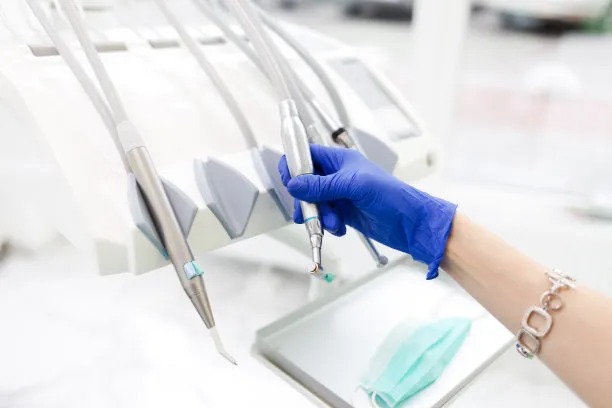Essential Guidelines and Precautions for a Successful Dental Filling Experience You Should Know
Summary: Dental fillings are a common dental procedure used to restore teeth that have been damaged by decay or trauma. While the process is generally straightforward, there are essential guidelines and precautions that can significantly enhance the experience and outcome of filling work. This article outlines vital aspects to consider before, during, and after your dental filling experience, including preparation, expectations for the procedure, post-filling care, and when to reach out to a dentist for potential issues. By following these guidelines, you can ensure a more comfortable and successful dental filling.
1. Preparing for Your Dental Appointment

Preparation is key to a smooth dental filling experience. Start by scheduling your appointment at a time when you feel mentally and physically able to visit the dentist. If you are anxious about dental work, consider speaking with your dentist beforehand to discuss potential calming strategies. Knowing what to expect can alleviate a lot of anxiety associated with dental visits.
Additionally, its essential to provide your dentist with your full medical history. Inform them about any medications you are currently taking, as some can interact with anesthesia or affect healing. This open communication allows your dentist to tailor the procedure to your needs.
Lastly, if you can, avoid eating a heavy meal before your appointment. You may receive a local anesthetic that could numb parts of your mouth, making it difficult to chew or swallow comfortably for a while afterward. Having a light snack is usually a better option.
2. Understanding the Procedure Itself
Having a clear understanding of the filling process will help lessen your fear of the unknown. During a dental filling, your dentist will first numb the area around the affected tooth, ensuring that you wont feel pain during the procedure. They then remove the decay and clean the tooth before applying the filling material.
Its useful to know the different types of filling materials available, such as amalgam, composite resins, and gold. Each material has its pros and cons in terms of durability, aesthetics, and cost. Discussing these options with your dentist can facilitate better decision-making for your treatment.
Furthermore, dont hesitate to ask questions throughout the procedure if youre uncertain about what is happening or if you feel discomfort. Good communication with your dentist is crucial for a successful and less stressful experience.
3. Caring for Your Filling Afterwards
After the filling procedure, proper care is critical to ensuring its longevity. For the first few hours post-treatment, avoid eating or drinking hot or cold foods to allow the anesthetic to wear off completely. This precaution helps prevent accidentally biting your cheek or tongue.
Oral hygiene becomes even more important after receiving a filling. Continue with daily brushing and flossing but be gentle around the newly filled area to avoid irritation. Its advisable to avoid sticky or hard foods for at least a day to allow the filling to settle in well.
If you experience any unusual symptoms like persistent pain or sensitivity, dont ignore them. Such discomfort may indicate that something is amiss with your filling, and contacting your dentist promptly is crucial for addressing potential issues effectively.
4. When to Contact Your Dentist for Issues
Following your dental filling, its essential to monitor how your tooth responds. If you notice increased sensitivity to hot or cold temperatures, particularly if it lasts beyond a few days, this could be a sign that the filling might have issues or that further decay could be present.
Another reason to contact your dentist is if you feel a sharp pain at the site of the filling, which could indicate that the filling is too high. A high filling can cause discomfort when biting down and may require adjustment. Your dentist can file down the excess material to alleviate any pain.
Lastly, be observant of any visible changes in your filling itself, like cracks or a change in color. These could be signs of deterioration, especially in older fillings, and should prompt a visit to your dentist for assessment and potential replacement.
Summary:
In conclusion, preparing adequately for your dental filling appointment, understanding the procedure, following post-treatment care guidelines, and contacting your dentist when issues arise are crucial for a successful dental filling experience. By adhering to these essential guidelines and precautions, you can ensure that your dental treatment is as comfortable and effective as possible.
This article is compiled by Vickong Dental and the content is for reference only.



